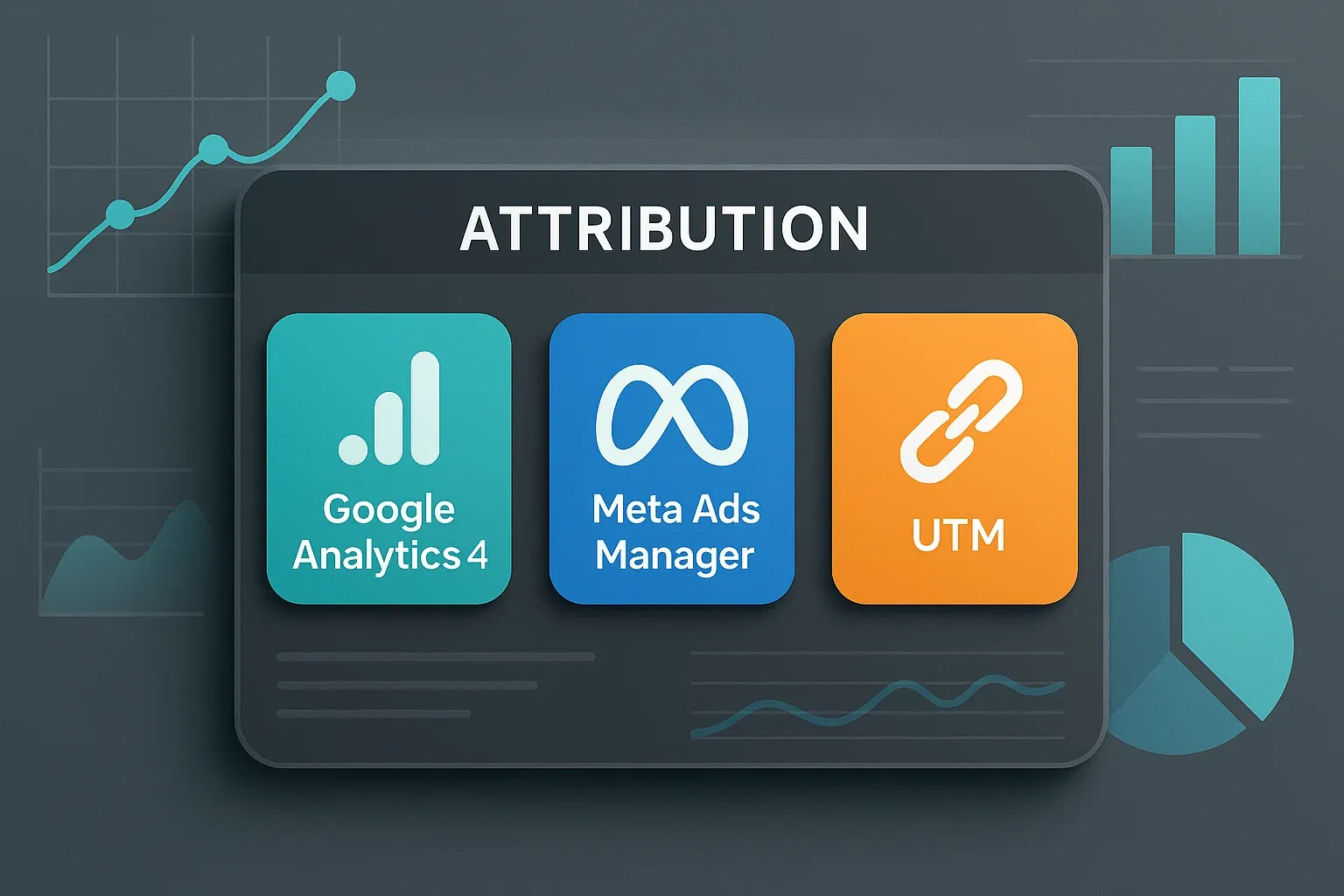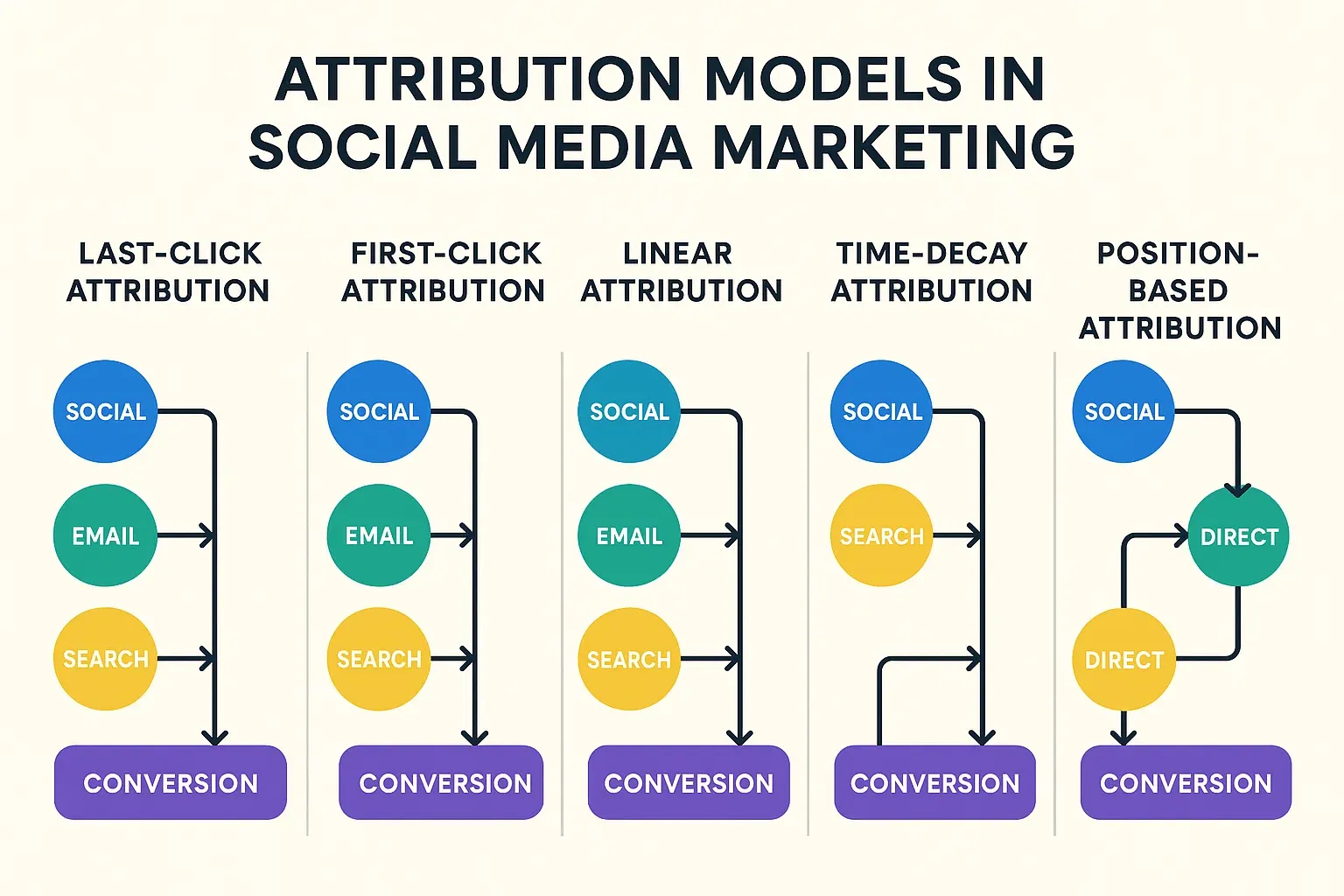Track Social Media Conversions with The Complete Attribution Guide for Marketers
In today's fragmented digital ecosystem, measuring the true impact of your social media efforts can feel like chasing shadows. Likes, shares, and comments may signal engagement—but do they actually drive revenue? This is where attribution becomes your most powerful ally.
🎯 Why Attribution Matters
Without clear attribution, it’s nearly impossible to prove how your social content contributes to business results. Marketers must move beyond vanity metrics and embrace models that connect actions on social media to real conversions, whether that’s sales, lead generation, or customer retention.

📊 Understanding Attribution Models
There is no one-size-fits-all approach. Here are the most commonly used models:
- Last-click attribution: Credits the final touchpoint before conversion. Easy to implement but often unfair to social, which plays a stronger role earlier in the funnel.
- First-click attribution: Emphasizes brand awareness. Good for social campaigns focused on top-of-funnel visibility.
- Linear attribution: Distributes credit equally across all touchpoints.
- Time-decay: Gives more weight to actions closer to the conversion.
Position-based attribution: Splits credit between the first and last interactions and spreads the rest across the middle.

🔍 Choosing the Right Model for Social Media
Social media often influences behavior early in the buyer journey. Therefore, first-click or position-based models tend to reflect its value more accurately. Consider your campaign goals and customer journey to choose the best-fit model.
🛠️ Tools That Make Attribution Easier
Several platforms can help streamline this process:
- Google Analytics 4: Offers event-based tracking and customizable attribution settings.
- Meta Ads Manager: Provides native attribution insights for Facebook and Instagram campaigns.
- Abev.ai: A robust tool tailored for multi-touch attribution across channels, helping you uncover hidden impact.
- UTM parameters: Essential for tracking traffic sources—never run a campaign without them.
🧩 Integrating Attribution into Your Workflow
Make attribution a standard component of campaign planning and reporting. Tag everything, monitor touchpoints, and map out how social interactions contribute to the overall funnel. This discipline empowers marketers to make smarter decisions and defend their strategy with confidence.
🚀 Conclusion
Marketers who understand attribution have the upper hand. They’re not just chasing likes—they’re tracking outcomes. With a clear attribution strategy, social media becomes a measurable and powerful engine of growth, not just a brand awareness channel.